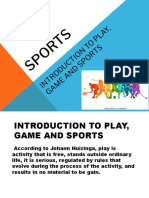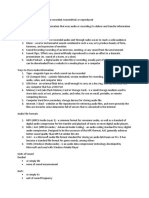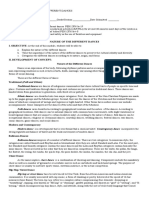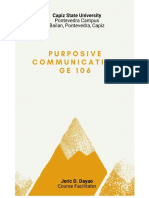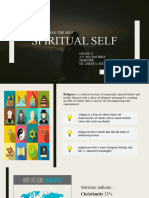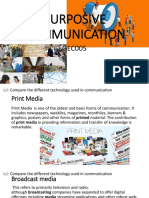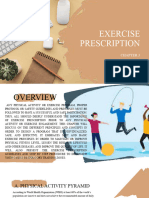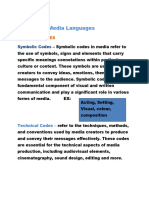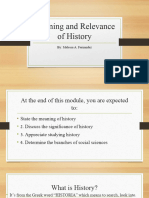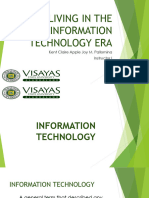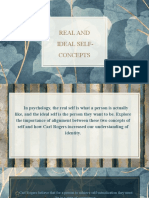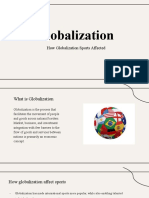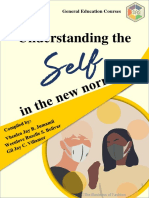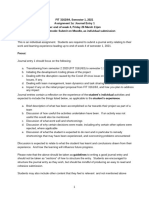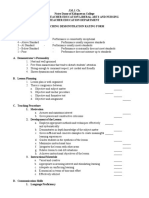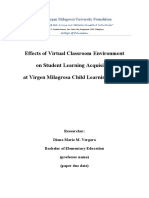0% found this document useful (0 votes)
345 views15 pagesLesson 2 Living in The It Era Revised
The document discusses two media theories:
1) Mediamorphosis theory states that new communication media evolve gradually from older forms in an interdependent system, with similarities and relationships between past, present, and emerging forms.
2) According to forecaster Paul Saffo, emerging technologies often take much longer than expected to become widespread, as our memories confuse surprise with speed of change. Most ideas are "overnight successes" only in hindsight.
Uploaded by
Ezra JungCopyright
© © All Rights Reserved
We take content rights seriously. If you suspect this is your content, claim it here.
Available Formats
Download as PPTX, PDF, TXT or read online on Scribd
0% found this document useful (0 votes)
345 views15 pagesLesson 2 Living in The It Era Revised
The document discusses two media theories:
1) Mediamorphosis theory states that new communication media evolve gradually from older forms in an interdependent system, with similarities and relationships between past, present, and emerging forms.
2) According to forecaster Paul Saffo, emerging technologies often take much longer than expected to become widespread, as our memories confuse surprise with speed of change. Most ideas are "overnight successes" only in hindsight.
Uploaded by
Ezra JungCopyright
© © All Rights Reserved
We take content rights seriously. If you suspect this is your content, claim it here.
Available Formats
Download as PPTX, PDF, TXT or read online on Scribd
/ 15


